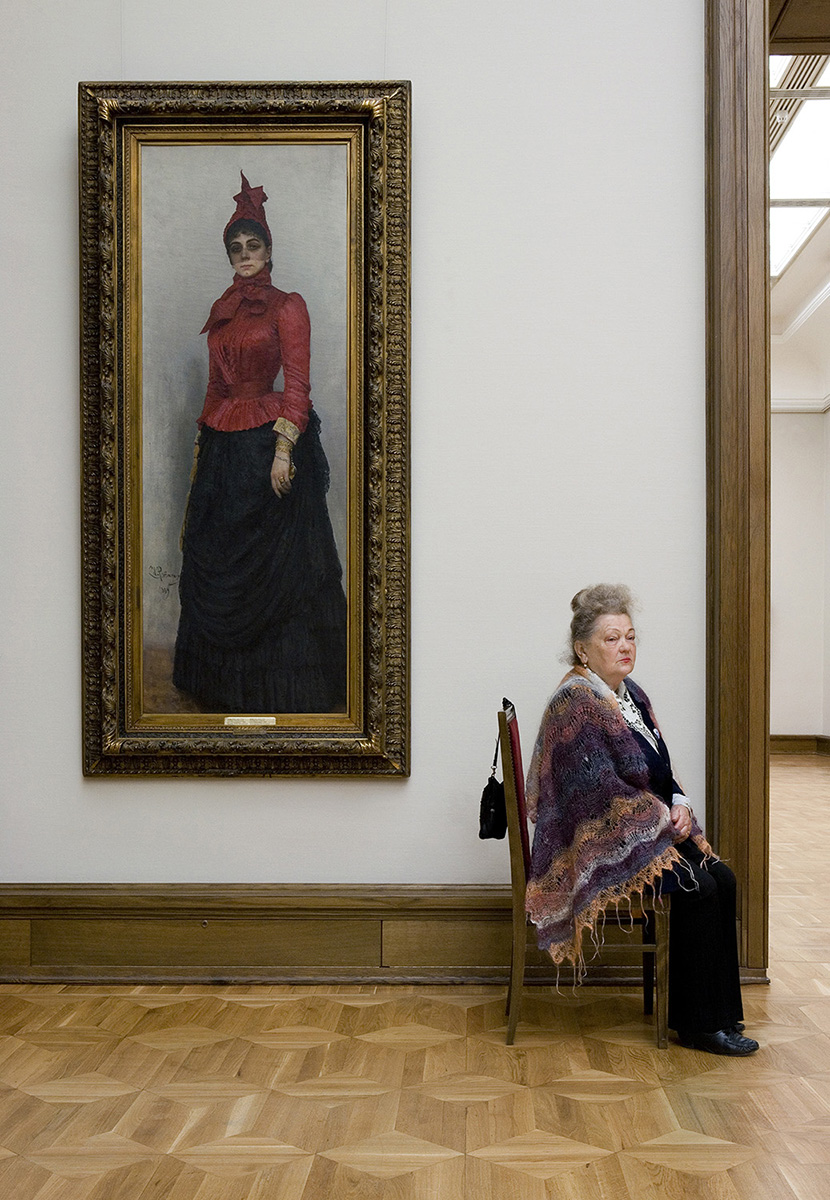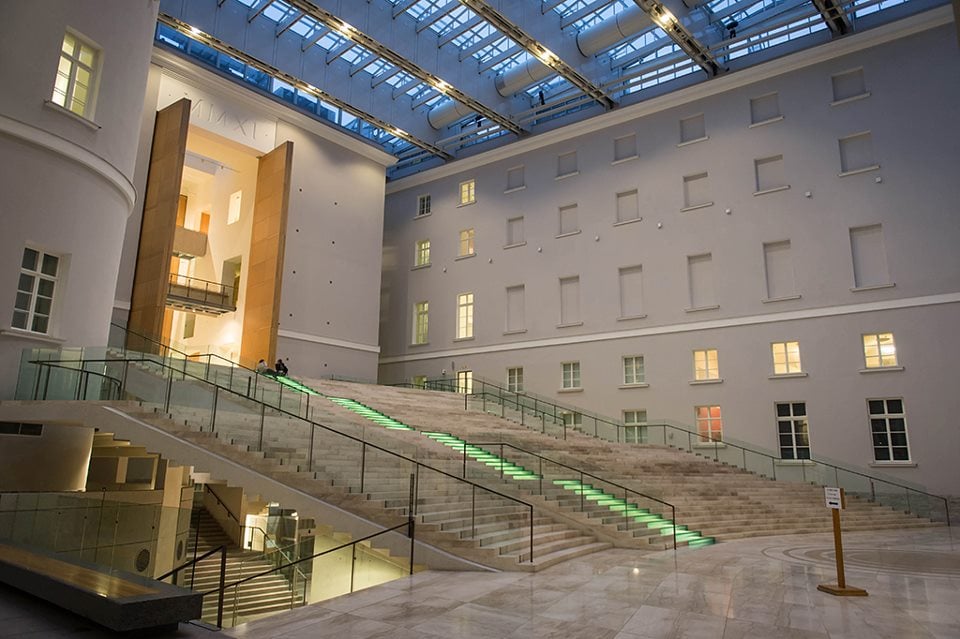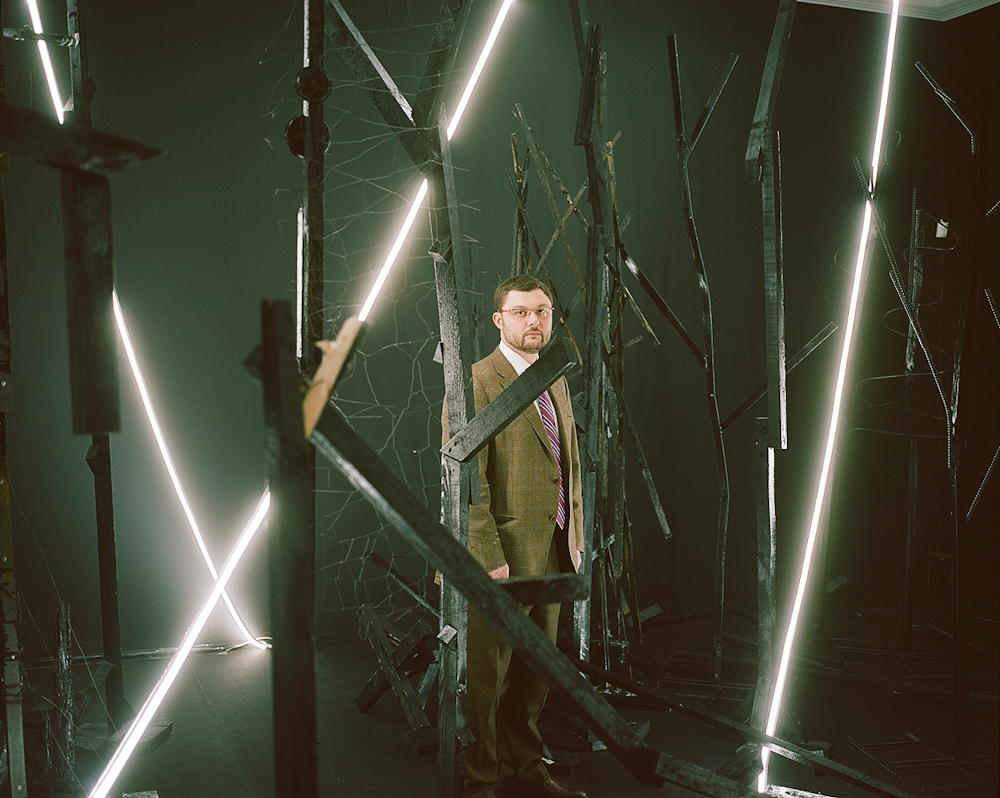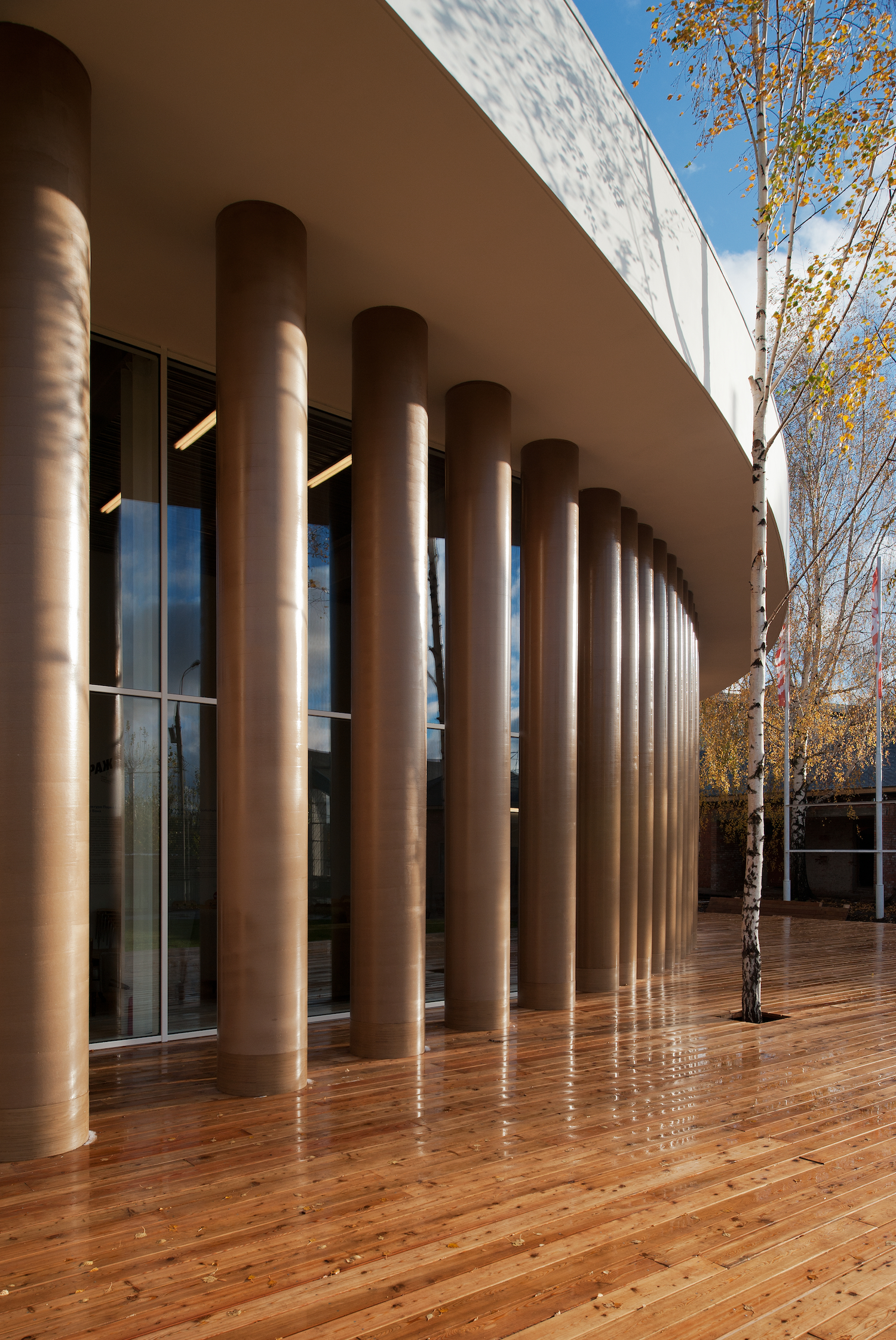Venus envy: reconsidering the female form in Soviet art
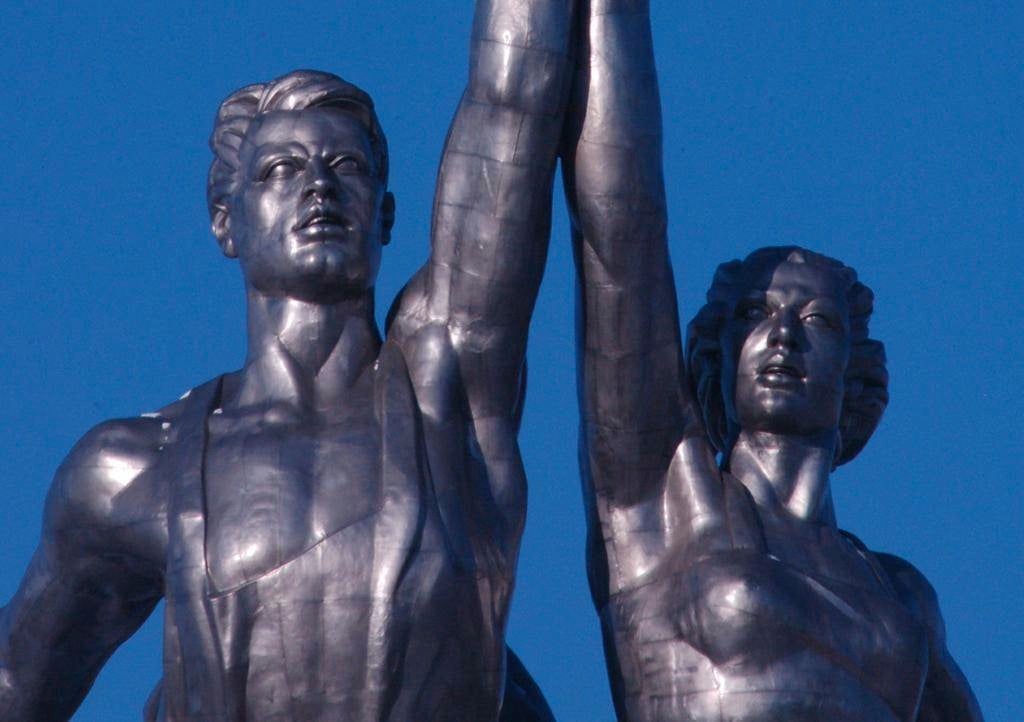
A new exhibition showcases the history of "Soviet beauty". Olga Danilkina on the ideology, politics and scandal behind the birth of the Soviet Venus
In a country where the provocative punk art of Pussy Riot has split society in two, an exhibition about Soviet “beauty” seems extremely tame — no Gulag, no Gorbachev, just fetching farmhands and fragrant factory girls. But Marina Loshak, curator of Soviet Venus, the show now on display at the Worker and Kolkhoz Woman exhibition centre in Moscow, is proud of her approach: “Projects on Soviet art are often ideologically predictable. This is something fresh.” She is unconcerned about the absence of theory, despite the clear role played by gender in the 120 paintings, sculptures and graphics on display: “That wasn’t the aim. It’s about beauty, something people often forget about when they talk about Soviet art.”
Although the exhibition had a bit more breathing room in its home at the Russian Museum, nothing can beat the artistic and, indeed, ideological resonance created by its new location, the hollow base of one of socialist realism’s most iconic symbols, the monumental statue Worker and Kolkhoz Woman. The sculpture — 120 metres and nearly 180 tonnes of dazzling steel — was the literal and figurative highpoint of the USSR’s pavilion at the 1937 World’s Fair in Paris. Architect Boris Iofan and sculptor Vera Mukhina wanted this Marxist-Leninist Venus and Adonis — a young man and woman holding aloft the hammer and sickle — to personify the Soviet working class and peasantry as they marched in step towards the bright socialist future. The enormous pedestal that housed the original pavilion was designed to be as important as the statue itself, with the sculpture and the base forming an indivisible synthesis, sharing the same dynamic line of upward motion.
Beneath the statue, as you wander through the rooms of the exhibition, you constantly come across elderly female museum guards, and every time you see one of these former Soviet beauties in the flesh, you can’t help but ask yourself, who was she, this Soviet Venus? The exhibition doesn’t do much to help: the works in the exhibition are presented in seemingly haphazard fashion, with little in the way of commentary; viewers have to rely on their own cultural baggage.
The languorous nudes of Pyotr Konchalovsky recline next to Alexander Samokhvalov’s vigorous Komsomol girls; the pale figures of Kazimir Malevich’s Bathing Women (1908) stare out from their realist surrounding towards their own antipode — Boris Kustodiev’s Bathing (1921). In his 1918 manifesto From Cubism and Futurism to Malevich attacked realism, and Kustodiev, and the very notion of ideal beauty: “The Venus de Milo is a clear example of decadence; it’s not a real woman, but a parody.” Kustodiev’s Bathing, in contrast, pushes the quest for ideal (albeit sui generis, Kustodievan) Russian beauty to the point of caricature, showing a voluptuous nude perching on a riverbank dotted with wooden huts and churches.
“The Venus de Milo is a clear example of decadence; it’s not a real woman, but a parody”
Both Malevich’s avant-gardism and Kustodiev’s risqué bucolic charm became dangerously outmoded when socialist realism became the only acceptable form of art in the 1930s. Artists were tasked by the state with creating the image of the new Soviet man (and woman) of the future, often in the form of strictly defined collective commissions. Worker and Kolkhoz Woman is, in many ways, the perfect embodiment of the movement.
Women’s equal legal rights had been recognized in 1926 — at the time a radical change. The reform prompted further transformation in the image of women: the Soviet woman was to be politically active and, from the 1930s on, capable of taking over men’s jobs during the breakneck rush to industrialization. The ideal body shape was now strong and athletic, like the muscular beauties of Samokhvalov’s Girls of the Metro (1933).
In the late 1930s, however, the government became concerned with increasing the birth rate and the ideal of womanhood was supplemented with the image of the faithful wife and mother. The woman in Klement Redko’s Maternity (1937) is less a Venus, and more a Virgin Mary, albeit one with a Red Army statuette on the windowsill. Women were assigned an impossible “dual function” — to be both a traditional mother and an emancipated activist.
They remained, too, objects for leering patriarchal admiration. In official painting this took the form of scantily-clad young athletes or volleyball players. The largest, and most scandalous, work at the exhibition is Vasily Yakovlev’s Argument about Art (1946). Soviet artists sit in a studio and discuss questions of art, while in the top right corner bright light illuminates a Rubenesque nude life-model. But it wasn’t this that caused a shock back in 1946, but rather the attributes of everyday Soviet life — the still-life referencing jar of pickles, the model’s standard-issue underwear dumped on the floor — that are made to look so tawdry in the baroque interior. Only in the 1970s did the role of ideology weaken, and woman once more became an elusive muse, a creature of light and air, most often depicted in melancholy outdoor scenes with a minimum of Soviet reality evident.
The lack of apparent logic to the ordering of exhibits leaves you ambivalent. On the one hand, the abundant material gives you ample opportunity for far-reaching contemplation; on the other, the lack of curatorial direction means you’re left with an overwhelming number of different interpretations. Women take on so many roles in the art on display here — models for avant-garde sketches, objects of desire, tools of propaganda — that, for any visitor not intimately familiar with Soviet reality, the notion of Soviet beauty ends up being nothing more than an exotic collection of outlandish objects from a mysterious lost empire.
The only palpable sense of Soviet woman that emerges comes from the hall devoted to the work of sculptor Vera Mukhina, co-creator of Worker and Kolkhoz Woman, herself, which is neatly woven into the exhibition. In formal terms it does not belong to Soviet Venus, but like the sculpture and the pedestal, the art and the architect are inexorably linked. Mukhina is a vivid reminder of the real women who strove to realise the ideal of emancipated beauty in art and life. The reinsertion of real lives, and notions such as gender and ideology, whets the appetite for the next exhibition at Worker and Kolkhoz Woman, which will tackle Soviet and Russian feminism. It will, Loshak explains, take a diverse approach to the topic, showcasing Russia’s own “amazons of the avant-garde” and canonical western feminists alongside contemporary work. Perhaps this show, entitled March 8th — One Hundred Years of International Women’s Day will be able to tell a coherent story about those real Venuses, the Soviet women who matched the stride of their male counterparts as they strode off towards a wonderland of freedom and prosperity.
